by Ben Grehan
Monday, July 6th, 2020
Golf is a game that has been around for centuries. Like any institution with that kind of tenure golf has seen its fair share of transitions and transformations, and with them have come pivotal figures that spurred on those emerging advancements in the greatest game ever played. Old Tom Morris, Harry Vardon, Walter Hagen, Arnold Palmer, Tiger Woods and others have heralded in whole new ages to the game of golf. As a result the game became more competitive, more alluring, and more dynamic than ever before.
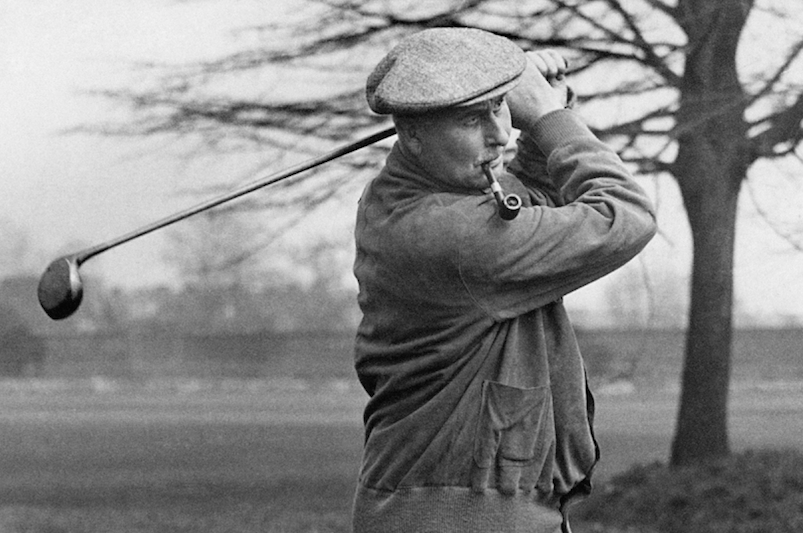
Harry Vardon was a pioneer in many ways including making golf a true international game and somehow winning seven majors while smoking a pipe. [Photo: The Sportsman]
DeChambeau burst into the national spotlight in 2015 when he won the NCAA D1 championship and the U.S. Amateur in the same year, just the 5th player ever to do that. His low-amateur, 21st place finish at the 2016 Masters (I pause a moment to wince at the memory along with every other Jordan Spieth fan) propelled Bryson into his pro career. It would be a year before his first win (2017 John Deere Classic) but he’d then catch fire in the second half of 2018 with back-to-back FedEx Cup playoff victories and two more wins by the end of the calendar year (Shriners Open and Dubai Classic).
All of this backstory is available at Wikipedia (from which I just gleaned it). I bring it up to show that prior to the PGA TOUR’s 3-month COVID-19 shutdown, Bryson was already a supremely talented and successful professional golfer. Any implication to the contrary is a woeful attempt at revisionist history. That said, his transformation from a geeky golfer obsessed with air density and coefficient of restitution measurements to a Hulkish, 110% swinging, ball-mashing, power driver of the golf ball has been a bit jarring and even more productive. His win at last week’s Detroit Classic was merely icing on his protein-packed cake. He now has four Top 10 finishes and is twenty strokes clear of the next best golfer during that stretch. Speaking of 20, the SMU alum has seen a jump of 20-mph increase in his ball speed and over 20 extra yards distance on his drives on average.
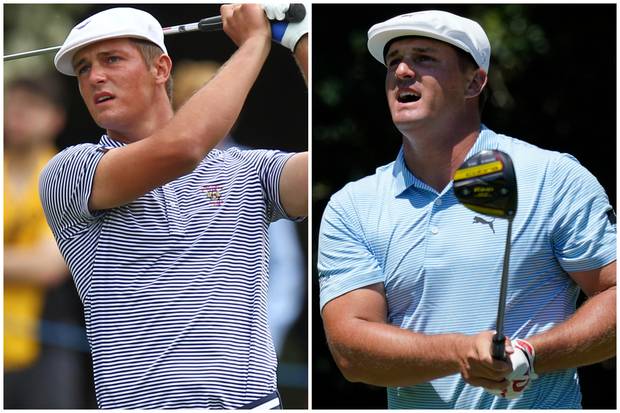
Did we make Bruce Banner mad? Bryson before vs. Bryson now [Photos: Photosport/AP]
It’s not just Bryson’s performance that has abruptly changed. His physical appearance is just as noticeable. Since about November of last year, DeChambeau has reportedly added 40 pounds of muscle to what was previously a somewhat lanky frame. He now looks every bit of an NFL linebacker or professional rugby player. His diet now consists of a dozen protein shakes and most of Old MacDonald’s farm for breakfast each morning (coincidentally, my lockdown diet has consisted of just McDonald’s shakes, but I digress).
That added beef appears to be making instant dividends. Given that he was already a long hitter on Tour, DeChambeau’s added length has now gotten so ridiculous the technology used to measure shot statistics for the PGA TOUR (Shotlink) reportedly broke, causing his drives which landed within 30 yards of the green to be erroneously counted as ‘approach’ shots. Oops.
DeChambeau’s transformation is in lock-step with golf’s transition of becoming something it has never been: an athletic sport. For hundreds of years, this “gentleman’s game” has been played at all levels by men (and more recently, women) of all body types and athletic ability. Even professional golfers who have historically had a driving distance advantage like John Daly have had body shapes more suited for the inside of a Golden Corral, not a boxing or basketball arena. We amateurs have long been miffed at our inability to play to the level of the pros despite looking a lot like them.
My aforementioned love of Spieth is based on a notion that we don’t look too dissimilar. I know we aren’t actually in the same physical shape, but I kinda think we look like we’re in the same shape. Conversely, I don’t look at J. J. Watt and think “Gee, I should be able to rush an NFL quarterback like that, too!” Isn’t that ability to identify more closely with the pros a primary allure of golf? Doesn’t its perception as an “everyman’s game” game make it more appealing? The threshold to compete in it from a physical standpoint is far lower than traditional sports, but players like DeChambeau are changing that and changing it quickly.
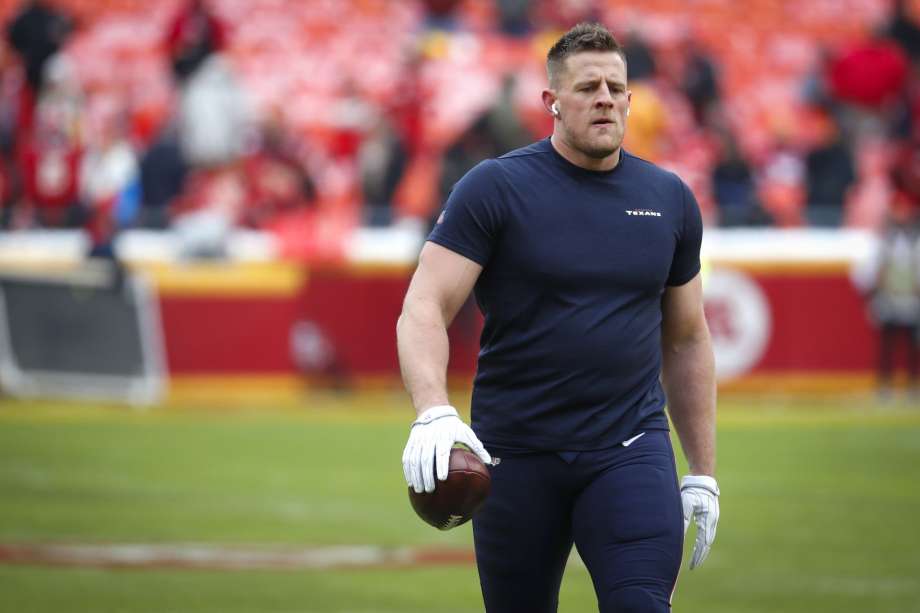
Is this what golfers of the future will look like? [Photo: Brett Coomer/Chron]
There’s actually been a lot of discussion in recent years about what’s “wrong with golf”. I’ve been puzzled that the comments always seem to focus on the “juiced” golf ball pros are allowed to hit. The notion that more athletic players might be a significant factor in the “distance problem” is rarely explored. The focus on the equipment vs. the players’ strength is getting lost in the discussions. I’m not trying to turn this into a distance debate, that’s not what I think is the root of golf’s problem. Rather, it’s the pretension that golf remains a game and not a sport. All indications are that it is gradually disavowing its identity as the former and quickly embracing itself as the latter.
Many would point to Tiger Woods as evidence that golf’s athletic tilt actually started back in 1997 but I would argue that Tiger as an athletic specimen was an utter anomaly for the better part of 20 years with few players matching his physicality until very recently. So while the concept of golf as a sport may have had its conception before the turn of the century, its birth is just now upon us in full swing. I’ve seen evidence of this transition not just from the pros on TV but from golf coaches and instructors online and in social media spaces. Golf fitness tips and videos are spreading like wildfire. Speed training, lifting weights, cardio, kinetic stretches, and more are all being encouraged to increase performance and decrease strokes out on the course.
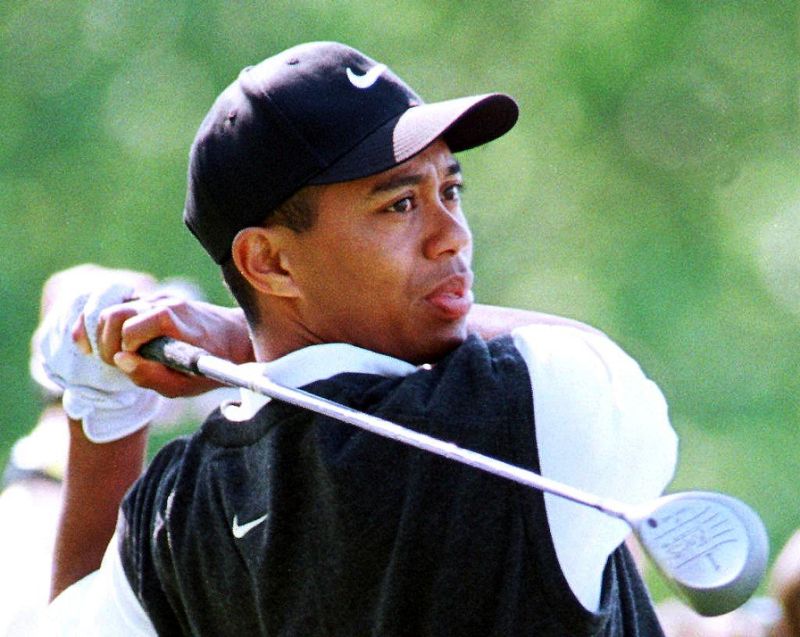
Tiger Woods upended the golfing world not only with his athleticism but his mental toughness and unmatched preparedness. [Photo: AFP Photo/Timothy A. Clary]
My pity party aside, the transformation of golf into an athletic sport has other implications and potential ramifications. For instance, if golf stops becoming a “gentleman’s game”, what need is there for spectators to hush for players’ shots? Such serenity is not afforded athletes of other pro sports. We’re encouraging players to beef up and max out their physical capabilities. Why not make them perform under the same duress as their colleagues in other sports?
Additionally, the increased level of competition appears to have subtly shifted from player vs. course to player vs. player. Scoring further under par alone doesn’t win you more money. Going lower than everyone else though, does. This has fueled players of a supernatural-level of competitiveness (like Bryson) to succeed. The best way to take advantage of this is to ramp up more match play events and fewer stroke play tournaments. This would play nicely with the new perception of golf as a sport and make a rowdy crowd more palatable. It would also take the focus off of the ridiculously low scoring we’re see out there right now.
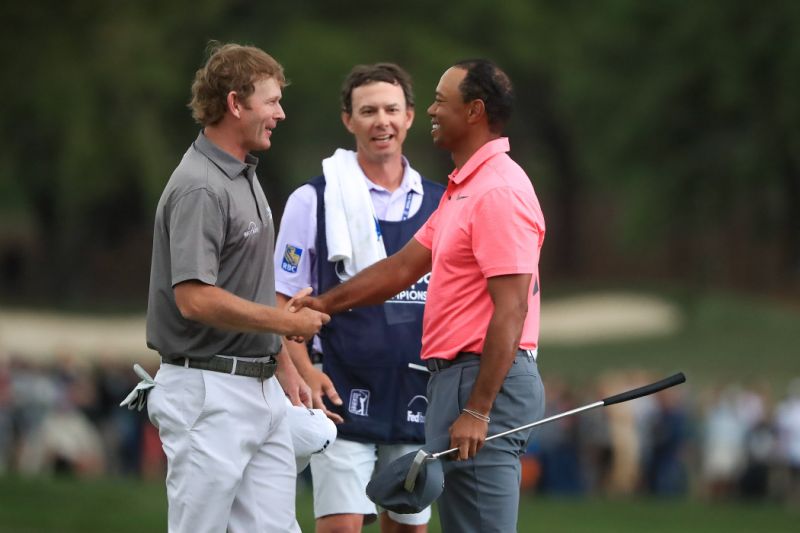
More match play events would better fit the new shape of golf as a competitive sport. [Photo: Yahoo Sports]
Of course, if we fully recognize golf as a sport we’re going to have to make one final concession: those annoying grammar police on Twitter were right all along. Without a discernible difference between golf and other sports, we’ll all have to stop “golfing” and start “playing golf”. That alone might be too high a price to pay for this transformation.